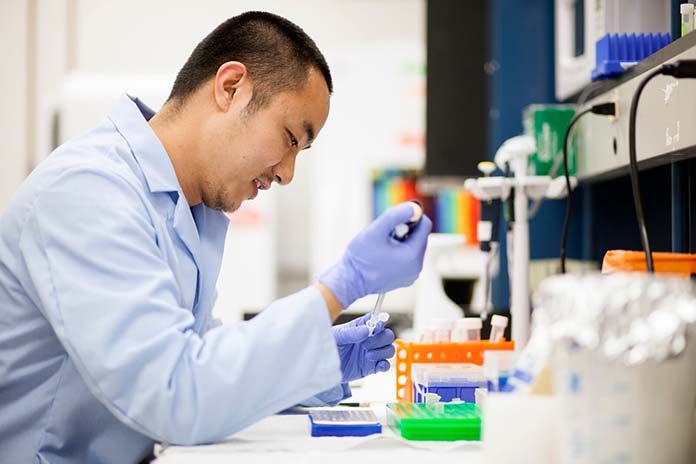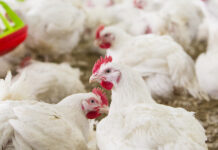
Diagnostic testing is an important and widely used tool in commercial poultry husbandry. A key to best use of diagnostic testing, is to begin with good quality and appropriate samples when testing. We will be exploring the fundamentals of sampling and discussing best sampling practices for current and emerging diagnostic technologies.
Common diagnostic tests can be divided broadly into screening and confirmatory tests. Screening tests are commonly designed for optimal sensitivity and are inexpensive and able to be done on a large number of samples. A common example of this is ELISA Serology testing. Confirmatory testing is typically designed for increased specificity and may be more costly or cumbersome to run, as it is done only on a subset of samples that provide unexpected results in screening. Emerging diagnostic methods are largely used in confirmatory testing at the time being, examples of this are Real time PCR and sequencing.
When considering what samples would be best for a particular diagnostic testing, it is important to decide what the test is measuring (antibody or antigen) and in the case of antigen testing which systems, the antigen is most likely to be found (ex. A tracheal swab for respiratory diseases like Mycoplasma, vs a cloacal swab for GI diseases like Salmonella).
Determining the number of samples to take from a flock should be done in the context of the prevalence of the disease and the expected outcome. The more samples that are submitted, the more likely you are to catch a disease with very low prevalence, or to have a more accurate indication of the status of the flock as a whole. Statistics suggest that 23 samples is a good number to take for routine diagnostic serology.
When designing the flock sampling program, it is important to give each bird an equal chance of being chosen for sampling in routine diagnostic screening. When looking for disease, birds showing clinical signs are most likely to yield positive results and should be included in the sampling group, along with some clinically normal birds for comparison. Once samples are collected it is imperative to correctly and clearly identify the flock or origin for submission to the lab for testing. Samples should be kept temperature controlled and delivered to the lab in a timely fashion.
For samples for emerging diagnostic testing, such as Real time PCR, it is important that samples be collected in a manner which discourages contamination that may inhibit PCR reactions. Samples can be collected on either dry or wet (with approved media) swabs and should be submitted in a timely fashion. As mentioned previously, samples for PCR or sequencing should be taken in a manner which encourages collection of the pathogen.
Sample collection should always be considered and planned in a manner which will provide the most accurate results. Number of samples, sample collection method and handling of the samples to the lab can all affect testing results.
From the Proceedings of the 2019 Midwest Poultry Federation Convention

















